There are things you love or hate, with no in-between. Mayonnaise, marzipan, licorice, raisins, olives, anchovies – you either want to drown in these and think they are the apex of human culinary genius, or you can’t stand the mere sight – let alone taste – of them.
Metroidvanias are like that. The fans of this curious genre adore everything about them, from the deceptively simple “easy to learn, difficult to master” design, to their customary punishing difficulty. Everyone else might (and probably will) dismiss them as too hard or too complicated – frustrating exercises in masochism, with not enough outright payoff.
But gamers who consider pure gameplay to be the most important thing about their games will always point out that Metroidvanias aren’t catered to everyone, and that the most important thing about them – the skill you gradually acquire by playing them, the sense of victory you feel when you finally overcome a punishing challenge – is a payoff in and of itself.
The best Metroidvania games may be different in style, execution, and presentation, but all of them have a couple of key elements that set them apart from ordinary arcade games and platformers.
First Things First – What Defines a Metroidvania
The last several years have been an unusual time for the gaming industry, with many genres that were previously disregarded as insignificant gaining a resurgence in newfound popularity. Stealth games are a good example of a type of game that has been brought back from the edges of obscurity. Obviously, Metroidvanias are another.
But what is a Metroidvania? Let’s start with the name – it is a portmanteau that combines two seminal game series, Metroid and Castlevania, to form a new word.

These games provided the basic template for all subsequent Metroidvania titles: a sprawling, interconnected map with gated content (in the form of locked doors and similar barriers) that the player will return to during the course of the game when they acquire powerups (from new abilities, items, weapons, and other assorted gear) needed to overcome them.
These can take the form of something as simple as the ability to perform a double-jump to hop to a secret area that was just beyond reach, all the way to complex zig-zagging across the level that involves a carefully-timed combination of a dozen capabilities that the player didn’t possess at the beginning of the game.
Typically, stakes escalate alongside powerups, so Metroidvania gameplay is kept challenging no matter how powerful you become. This is a trait that separates them from genres where you can become near godlike in a matter of hours, an unfortunate failing of even some of the best RPGs.
Another important distinction is the level design. Because a classic Metroidvania takes place inside one giant map where you will often have to revisit the earlier sections, the levels are designed in a much more holistic way – with a focus on exploration and experimenting with movement and power combos.
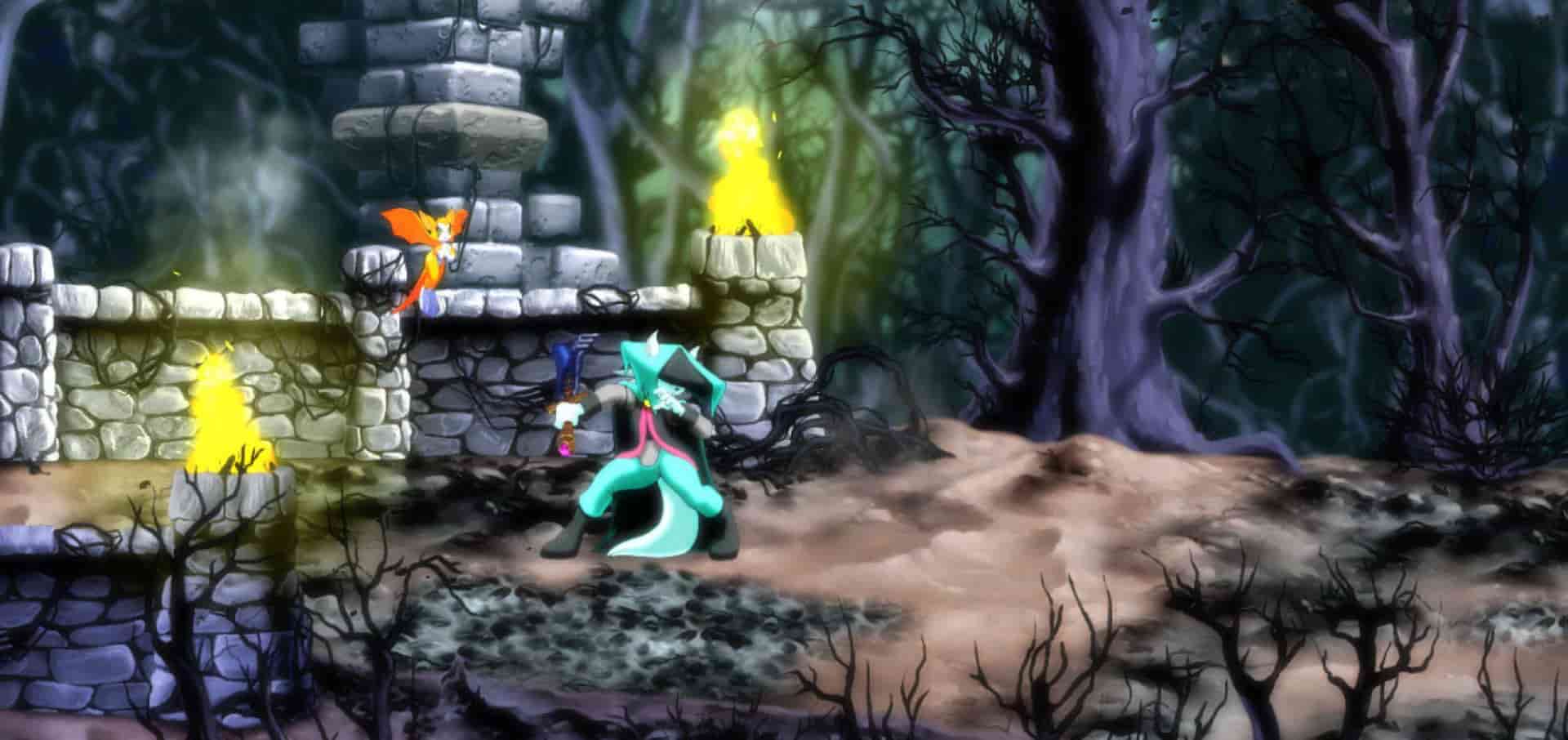
Consequently, Metroidvanias have many secret areas. Some of these are so deliberately well-hidden that die-hard fans can keep on discovering new ones years after the game is released.
Lastly, Metroidvanias are most often sidescrolling platformers, though this doesn’t always have to be the case. Because of their recent rebound to fame, certain Metroidvania gameplay elements are mixed into other games – with varying degrees of success.
But this overuse of the term as a buzzword to describe anything that vaguely resembles Metroidvania-style gameplay has, like with Souls-like and Roguelike games, somewhat diluted their original meaning and confused the average gamer as to what they really entail. Well, luckily we’re here to set the record straight.
#1 Hollow Knight (2017)
Hollow Knight first came to public notice in 2014, after a successful Kickstarter campaign. Team Cherry promised a Metroidvania that would harken back to the classics of old, while fully embracing the technological improvements made since then. The result is a game that feels both vintage and refreshingly contemporary, and is chock-full of loving care and delightful attention, down to the smallest little details.
Gameplay
You play as the titular Hollow Knight, a small bug-like creature. The Knight is equipped with a nail that they (the Knight’s gender is never revealed) use as a sword. In standard Metroidvania fashion, you gradually obtain and upgrade abilities.
You do this by collecting Geo – the in-game currency that is left behind by defeated enemies, and you also gain Soul by striking them. Soul is similar to mana from other games, in that it powers up some of your more useful and devastating powers.
When the Knight is killed, a Shade is summoned at that exact place and the Knight has to battle and defeat it in order to regain all the Geo. Benches that you can sit at to regain your health also serve as a sort of checkpoint system, and you will respawn at the last one you sat at when you die. It is a system that is very similar to the one from the Souls series.
The best part about the gameplay is how fluid the combat feels – even when you start off as a lowly, fragile insect, there is grace to your movements, and the flow of gameplay is phenomenal.
Graphics
Everything about Hollow Knight is designed to lull the player into thinking it is a game that is a lot less serious than it actually is, and graphics are no exception. On the surface, it looks disarmingly cutesy, but you will soon begin to realize that there is a pervading sense of sorrow to the art design – you’ve entered a world that is long past its prime.
Like a fallen empire from some epic fantasy game, everything is in a state of decay, slowly crumbling while still desperately clinging to former glory. The traditional 2D animation is a perfect choice to illustrate this melancholy. The bugs, both friendly and otherwise, are distinct and don’t suffer from a lack of animated frames – a common issue even with some of the best indie games out there.
Story
The story of Hollow Knight is another piece of deliberate misdirection. You wouldn’t think that a game such as this could be very deep or philosophical, but it goes into some very dark places, and the lore is every bit as labyrinthine, esoteric, and open to interpretation and discussion as some of the greatest narratives in gaming history.
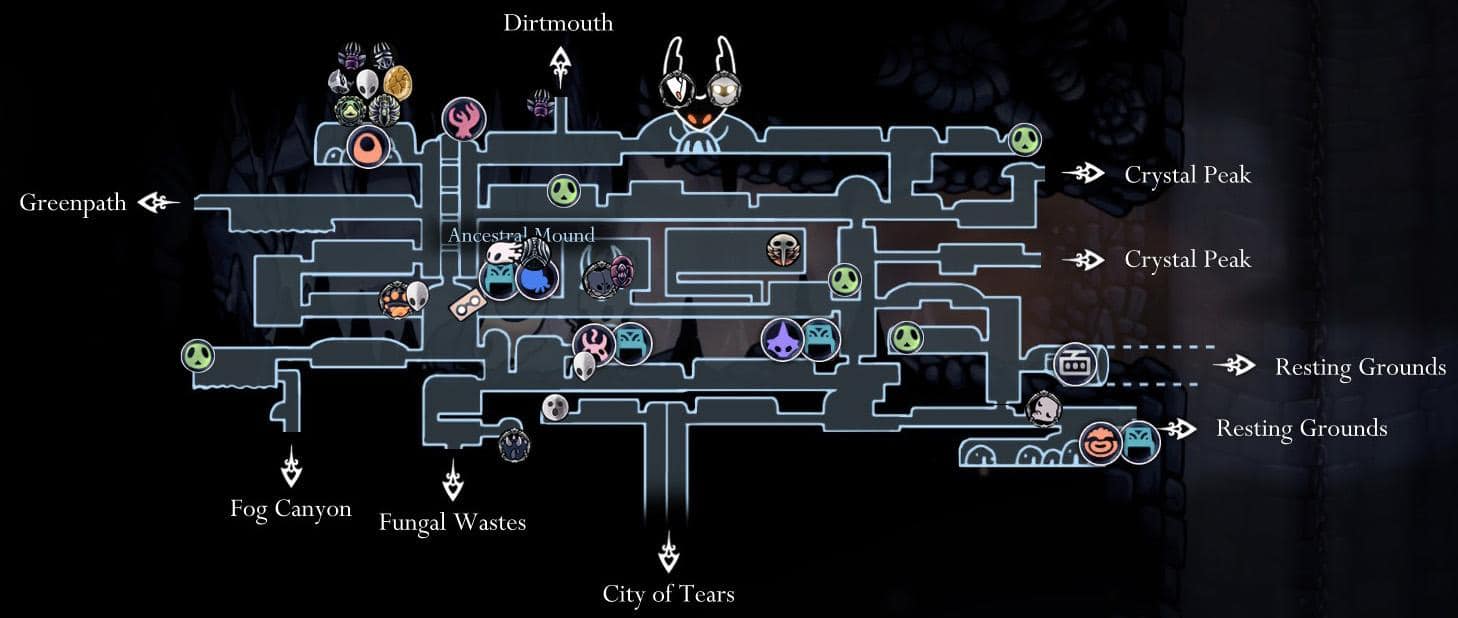
To spoil any of it would be a disservice to the very spirit of the game, but even the title itself is a good indicator that things aren’t what they seem. The main character, purposefully drawn to be as adorable as possible (you can almost imagine the Knight as a children’s plush toy) is an enigmatic, ominous figure, as noted by several residents of the Hallownest.
Overall Review/Final Thoughts
Hollow Knight is a joy to play. It’s uncommon that a game of such complexity and charm gets made, but HK is a Metroidvania that gets everything about this genre right – the exploration, the combat, difficulty, even the beautiful integration of level design and environmental storytelling.
It’s a hefty and long game, and Team Cherry have released several high-quality DLCs for it, most of which are free! The sequel – starring Hornet, a prominent character from the first game – is currently in production, so we will get a chance to play some more Hollow Knight soon.
#2 Ori and the Blind Forest (2015)
In a way, it seems strange to classify a game that has only been released four short years ago, as a classic. But Ori and the Blind Forest definitely deserves this accolade – it is a wonderful, jaw-droppingly beautiful game.
But Ori is so much more than just a pretty face. It’s one of those rare few games where everything comes together – the satisfying gameplay, superb graphics, and touching story – and blends in one of the best in all of gaming, let alone the Metroidvania genre.
Gameplay
Ori is a protector of the forest, a whiteish and nimble critter resembling a small primate. They (once again being of unspecified gender) are adopted by Naru – a warm and loving bear-like creature that raises Ori in an enchanted forest centered around a mystical and towering Spirit Tree.
After a disaster upsets the natural balance of the forest and Naru succumbs to starvation, Ori is left alone to fend for itself. They soon meet Sein, a blue orb of light that tasks Ori with restoring the Spirit Tree (and thus the forest itself) by recovering the three elements – Waters, Winds, and Warmth.
Ori works in tandem with Sein – with Ori doing the jumping and climbing, and Sein firing off Spirit Flames that can dispatch enemies and break through obstacles. During the game, both characters gain new powers that have to be used in unison to perform new combo moves.
Graphics
Even gamers who ordinarily dislike Metroidvanias have given Ori a try because of its wonderful graphics – the game looks that beautiful. No matter where it takes you – to a lush forest or into a fiery cataclysm – the backgrounds are breathtaking and lush with vegetation and vibrant colors.
The art design has clearly taken a lot of inspiration from the works of legendary Japanese anime director Hayao Miyazaki. It manages to evoke the same impression of awe and fanciful, almost child-like amazement.
Story
On their quest to bring the forest back to life, Ori and Sein are constantly assailed by Kuro, a hulking, dark owl. At first it isn’t clear why she wants to hurt them, but it’s soon revealed that Kuro is a mother who wants to protect her last unhatched egg from meeting the same fate as her previous chicks – which were killed when the Spirit Tree let out a flash of blinding light to look for Ori.
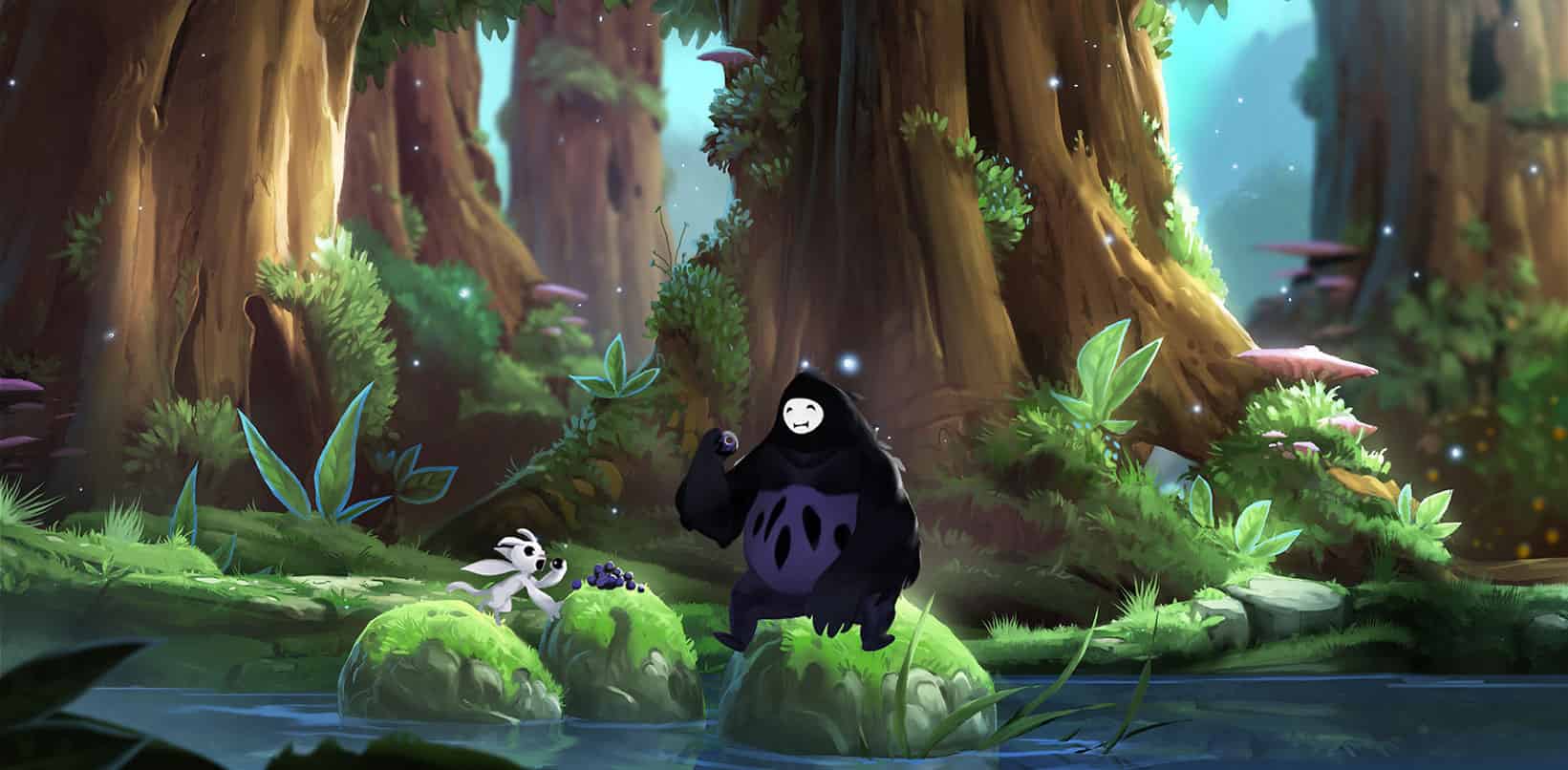
Like every other facet of Ori and the Blind Forest, the story is tender and heartfelt – at times cheery and somber at others, but always sincere and never schmaltzy.
Overall Review/Final Thoughts
Ori and the Blind Forest is a game that transcendents its genre. For many Metroidvania lovers, it was like a gateway drug that first introduced them to this type of game, and for others, it was a game they played because they wanted to see what would happen to Ori and the forest they call home.
A seminal game, it contributed in large part to the revival of Metroidvanias we are witnessing today. The sequel, Ori and the Will of the Wisps, is set to be released in the first quarter of 2020, and we can’t wait to reunite with all the sweet characters from the first game.
#3 Dust: An Elysian Tail (2012)
Sometimes it’s difficult to suppress your astonishment (and, frankly, jealousy) of some of the wildly talented people out there. Dust: An Elysian Tail was made almost entirely by one single person – Dean Dodrill. A self-taught artist and programmer, he previously worked on the platformer Jazz Jackrabbit 2.
Dust was initially envisioned as an animated movie, but fortunately for us – Dean soon set about to turn it into a full-length game instead.
Gameplay
While most Metroidvanias are focused on movement, Dust: An Elysian Tail is more about the viscerality of combat, particularly against multiple foes. Dust, our titular amnesiac hero (who is, this time, clearly defined as male) wields the Blade of Ahrah, a sentient and powerful sword. Similarly to Ori and the Blind Forest, Dust is directly aided by Fidget, who is the sword’s guardian.
A member of the miniature flying race called the Nimbats, she both guides Dust and aides him with her own potent magical powers.
The combat is exciting and dynamic, and Dust can execute an impressive array of attacks, both on the ground and mid-air. Tossing an enemy into the sky and then keeping them afloat with a barrage of combos in quick succession is very satisfying and reminiscent of the Devil May Cry game series.
Graphics
Modeled after a mix of Japanese animation and Korean traditional folklore, Dust is remarkably pretty for a one-person effort – even though that person is a professional illustrator and animator. Naturally, the style is consistent throughout the game and the characters are animated better than most cartoons.
Dust particularly stands out here – he is in constant motion, his loose clothing swaying in the wind, his plethora of acrobatic moves animated with special care to further showcase his unnatural grace and agility.
Story
Like many stories that star a character who can’t remember their past, Dust is, at its core, about self-discovery and identity. How our actions, and not our history, not even our memories, define who we really are.
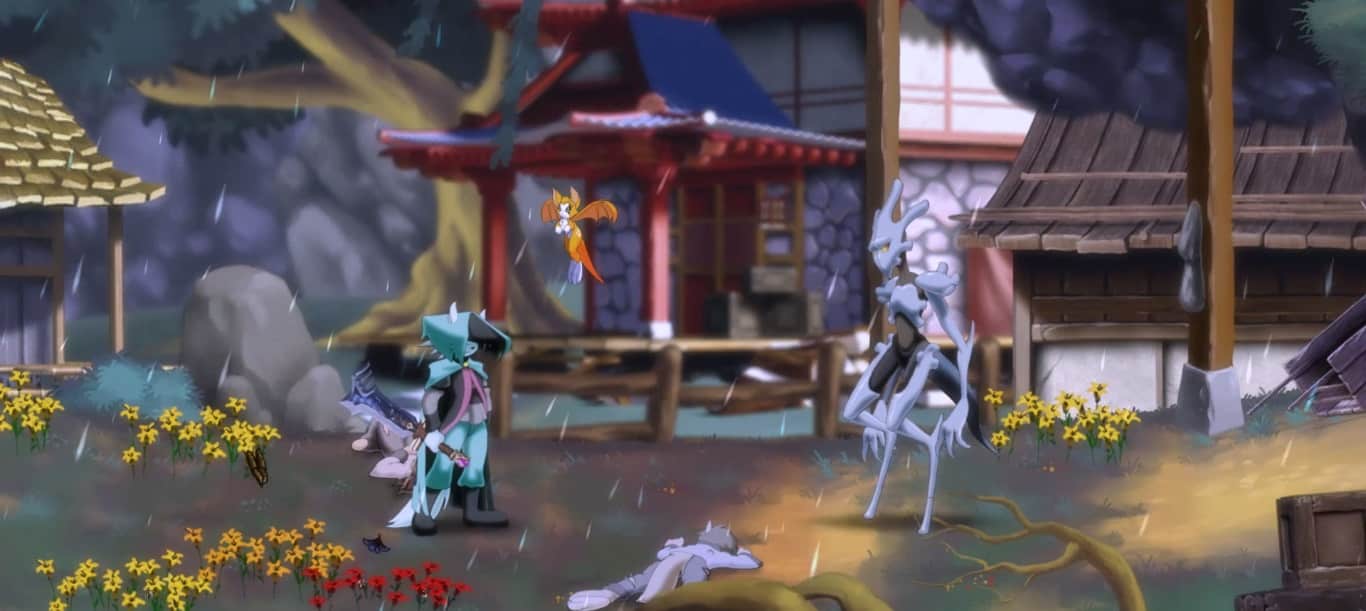
In an effort to regain his memory, Dust and Fidget must battle the forces of the evil General Gaius, with many unexpected twists, turns, and tribulations along the way.
Overall Review/Final Thoughts
If you are looking for a Metroidvania that is more combat-heavy and less reliant on puzzles that involve pure platforming, then Dust: An Elysian Tail could be right up your alley. Unlike most Metroidvanias, it also has an RPG-style progression system, where you will level up and improve your stats by defeating enemies and collecting experience points.
Featuring a compelling tale (or – tail, as the game likes to joke) and characters that evolve and grow – not just with their powersets, but personalities, too – Dust is a game that shouldn’t be missed by any Metroidvania aficionado.
#4 Aquaria (2007)
And now, as the Monty Python comedy troupe would say, time for something completely different. Aquaria is a Metroidvania that, as the name all but spells out, takes place almost entirely in water.
This results in gameplay that is more distinct than in other games of this genre. When you can move – or, that is, swim – in any direction, the rules for combat and mobility drastically change. But Aquaria isn’t just an underwater gimmick – every gameplay element is dictated by its liquid setting.
Gameplay
You assume the role of Naija, a lonely underwater humanoid who is missing her memories. Yes, that’s right, another amnesiac protagonist. But, just like Dust, here it’s also expertly interwoven into the narrative and makes perfect sense, story-wise.
Her underwater world is filled with all manner of flora and fauna – some of which is friendly, passively neutral, or decidedly hostile towards her. While she can do very little against them at first, she soon begins to learn arcane melodies that allow her to change into different forms that have specific powers.
For example – the Beast Form will result in a faster swimming speed and the ability to eat small fish to replenish health, while the Sun Form will allow her to shine a light that will illuminate dark areas. You can tackle areas in whichever order you choose, though some sections are closed off until you develop a particular ability needed to access them.
Graphics
Compared to some of the other titles featured here, Aquaria can come off looking somewhat dated and simplistic. But you should keep in mind that it was produced in an era before cheap and easy to learn engines such as Unity and Unreal were widely available.
Even so, the game is not without its aesthetic charm. Areas are different enough that you will rarely get bored while exploring them, and there are plenty of animals and plants that glide through or gently wobble on the ocean currents.
Story
Naija wants to get back her memories. To do this, she sets off to explore the world of Aquaria and uncover its secrets. Fallen civilizations guarded by grotesque monsters of old attempt to bar her path to the truth, and Naija soon realizes that for every answer she finds out, new questions are posed.

It is a story that is rife with metaphor and allegory. One of sadness, loss, and inevitability, and how hope springs eternal even in the bleakest of circumstances.
Overall Review/Final Thoughts
Aquaria is a great little game, one that is further elevated by an absolutely fantastic music score and fun and ingenious puzzles. It is one of those games that has a premise that is so interesting that you simply have to find out what happened and how the characters came to be the way they are now.
Besides an engrossing story, you really get to care for Naija and sympathize with her plight. You want to see how she will overcome her predicaments and what her backstory really is. It is a rare triumph of storytelling when you can empathize with a fish person that can’t remember who she is.
#5 Shadow Complex Remastered (2015)
Continuing with uncommon Metroidvanias, Shadow Complex takes place in a modern setting (albeit one in an alternate historical timeline, where a Second American Civil War has occurred). This means that instead of swords, magic, and similar fantasy-based powers, the player character will employ guns and other high-tech gadgets and gear instead.
Gameplay
Besides the modern-day backdrop, what really sets apart Shadow Complex from other Metroidvanias is its use of 3D perspective. Although the player character can only move in standard 2D space, the enemies aren’t bound by those rules and can freely move in three-dimensional space. Auto-aim is enabled to let the player know that they can take them out regardless of where they are placed inside or outside the direct movement path of the PC.
This allows for some creative puzzles and solutions, such as using a grappling hook to grapple directly above an enemy that would otherwise block your shots with their shield and take them out overhead.
As you complete your objectives and take out enemies, you will gain experience points and level up – which increases your attributes and makes you tougher and more precise. If you start a new game, you will lose your weapons and equipment, but you will get to keep your experience levels.
Graphics
Originally released way back in 2009, Shadow Complex received a Remaster in 2015. The game was ported to the Unreal Engine 4, which allowed for assets to be rendered in a higher resolution and other advanced rendering techniques that couldn’t be used at the time.
The game can sometimes look too drab and monotone (especially in long metal and concrete hallways), but this is mitigated by the great use of particle effects, lighting, and futuristic design of things like robots and mech suits.
Story
Taking place in Empire, bestselling author Orson Scott Card’s dystopian novel series, Shadow Complex serves as a bridge between the first novel and its sequel, Hidden Empire.
Besides providing the basis for the game’s setting, Orson Scott Card had very little to do with the game himself. Instead, veteran comic book writer Peter David wrote the game’s story. Notable for his quirky sense of humor, Peter brought a lot of levity and wit to the plot.
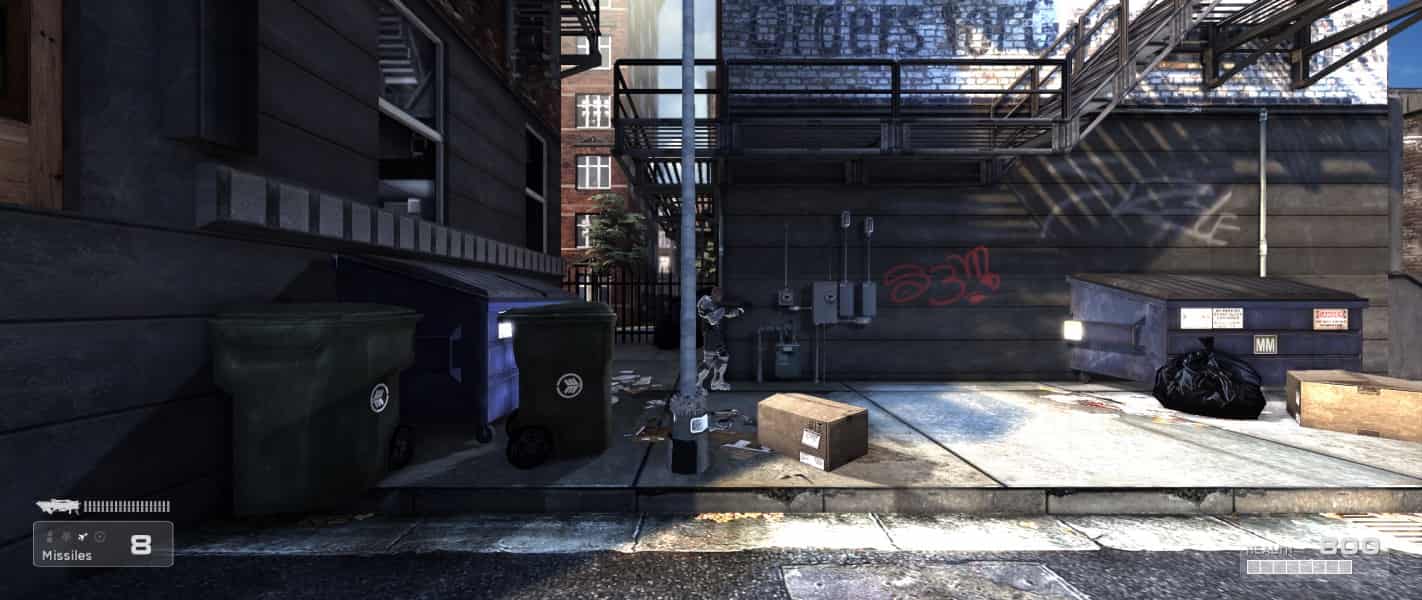
Jason Flemming has to go after his girlfriend Claire, who entered a series of caverns and seemingly disappeared. Jason realizes that the caverns now house an entire underground complex filled with members of a military group that is planning an attack on the United States. His goal is twofold: he has to rescue Claire and take down the organization.
Overall Review/Final Thoughts
While the 2.5D perspective can take some getting used to, once you adjust your brain to take the entire screen – including the Z-axis – into account, you will discover that the game is a lot of fun to play that way.
When you take into account some really inventive puzzle design, and a story delivered by one of the comic industry’s leading professionals, it’s an even bigger shame that the planned sequel was never released. But, it wasn’t officially canceled either, so there’s still hope.
#6 Bloodstained: Ritual of the Night (2019)
The newest entry on this list, as well as one with undoubtedly the most prestigious background, being developed by one of the very founders of the Metroidvania genre – Koji Igarashi. When he was faced with a lack of enthusiasm and understanding from publishers that wrote off his games as not profitable and relevant enough, he did what every prolific game designer seemed to do back then – he turned to Kickstarter.
The result was a funding campaign that raised over $5 million and proved that his games are anything but forgotten and unwanted.
Gameplay
Bloodstained seeks to recreate the classic Castlevania gameplay, most notably – the one from the Symphony of the Night and the Order of Ecclesia titles. But even though it’s clearly most inspired by these two, it also functions as a sort of amalgamation of all the best concepts from the Castlevania games Igarashi worked on.
Which means that the gameplay, while pretty standard in scope and ambition, has refined the things it does do to near-perfection. You’ll transverse a large, open map, battle all manner of demonic enemies and bosses, find new gear and expand your abilities.
Graphics
Whether or not you will enjoy how Bloodstained looks depends on one thing – your tolerance for typical Japanese aesthetics. Marked with over the top design choices that were filtered through several layers of anime art conventions, Bloodstained’s characters are, frankly, ridiculous looking.
Flowery gothic garments paired with wacky accessories that you can collect and unlock in the game (and which are visible on your character when you equip them) make it abundantly clear that it is a game that isn’t above poking fun at itself and the all too serious habits of its frequently dour genre.
The 3D is too glossy, which gives the characters an artificial appearance, but this becomes less and less noticeable the more you play and become accustomed to it.
Story
Taking place in England during the 18th century, Bloodstained’s world is one where Shardbinders, humans who had demonically-infused crystals fused to them, were used by the perfidious Alchemy Guild to summon demons that would stave off the Industrial Revolution.
If your reaction to reading this was (to put it mildly) confusion – don’t worry, the story really isn’t all that important here. Long story short: you play as a surviving Shardbinder named Miriam, and you have to vanquish evil monsters.

There’s not much more you need to know, the story is just window dressing to a standard fare excuse to kill demons and other horrors. The fact that Koji Igarashi’s team spent so much time fleshing out the background lore in an effort to differentiate it from Castlevania is admirable, but I seriously doubt that many people will be playing this for the story.
Overall Review/Final Thoughts
Bloodstained is exactly what was advertised in the Kickstarter – a brand new (yet good old) Castlevania in everything but name. If you are a Castlevania fan, then playing Bloodstained will feel like a glorious (and long overdue) return to a beloved game series that never should have been neglected in the first place.
On the other hand, if you’ve never cared for Castlevania, you may be turned off by its presentation and old-school sensibilities. But in this age of broken Kickstarter promises, Bloodstained: Ritual of the Night stands out as a game that is unapologetically true to itself, one that never sacrificed its artistic vision and design integrity for something as tawdry as mass appeal.
Final Words
Thanks to the growing number of indie titles and their drive for innovation and reinterpretation of the golden classics of gaming, many genres have been rescued from becoming extinct. Only several years ago, it was practically inconceivable to think that we would have so many excellent Metroidvanias available today, with new ones being announced every few days.
This list numbers titles that are, in this humble author’s personal opinion (and in no particular order) the best Metroidvania games out there. Each one is different, but they all offer the same essential ingredients that every true Metroidvania should have: great level design, a fair amount of difficulty, and a palpable sense of progression. If that’s something you like, you should also check out games like Dark Souls.
One last thing to note here – due to the sheer number of commands required to successfully play these games, Metroidvanias can be difficult to control on even the best keyboard + mouse combo, so we recommend you use a good PC controller to take advantage of their more ergonomic button layout. If you’re not that into controllers, then at least get an ergonomic keyboard as these games will really take a toll on your back and hands.
Also, feel free to check out our guide on Batman games in order!